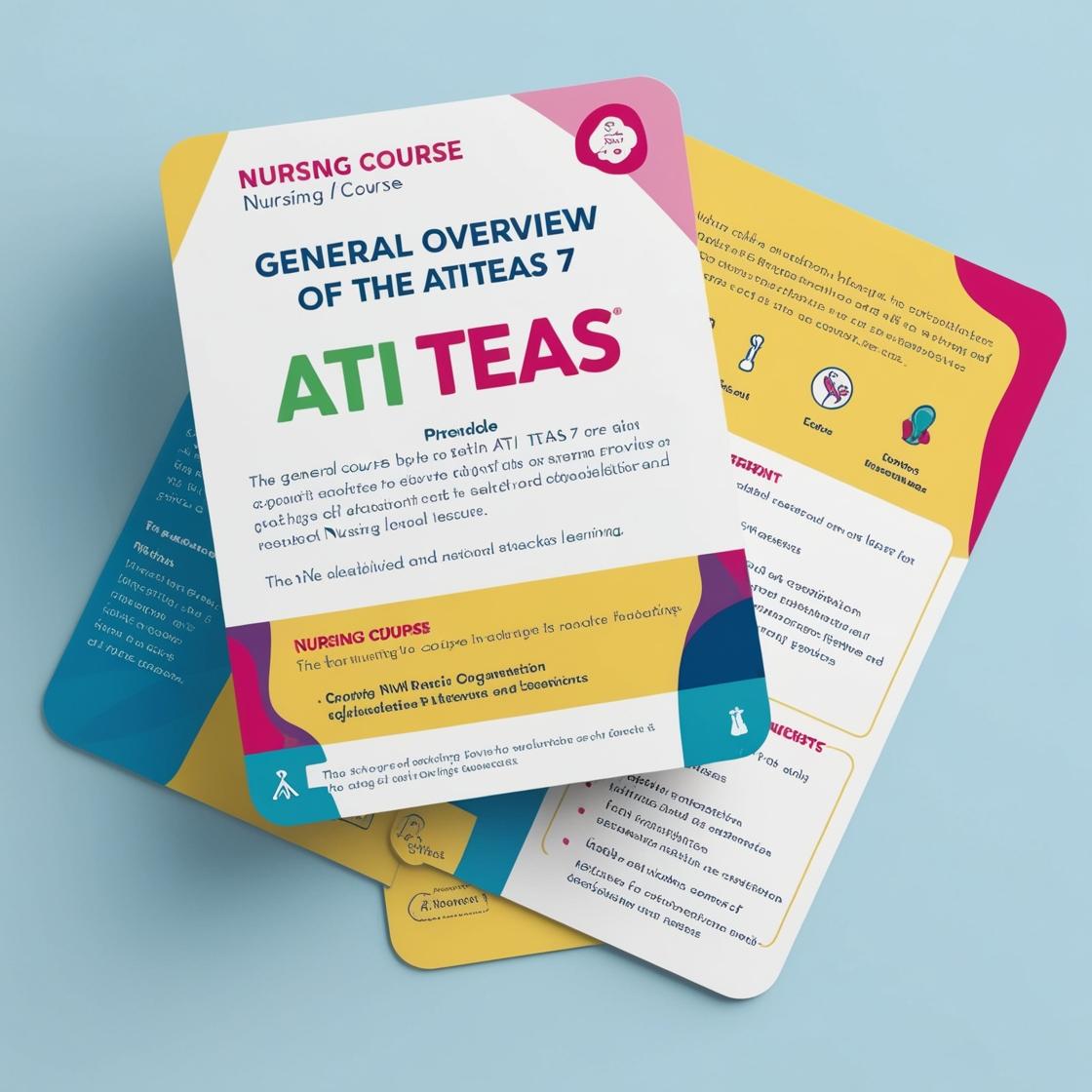ATI TEAS 7
ATI TEAS 7 Science Practice Test
1. What is the cellular function of cilia and flagella?
- A. Cilia and flagella are responsible for cell movement.
- B. Cilia and flagella synthesize proteins.
- C. Cilia and flagella help protect the cell from its environment.
- D. Cilia and flagella have enzymes that help with digestion.
Correct answer: A
Rationale: The correct answer is A: Cilia and flagella are responsible for cell movement. Cilia and flagella are specialized structures found on the surface of many types of cells. They are involved in the movement of the cell itself or in moving substances around the cell. This movement helps in various functions such as propulsion, moving fluids, and sensing the environment. Choices B, C, and D are incorrect. Cilia and flagella are not involved in synthesizing proteins, protecting the cell from its environment, or aiding in digestion. Their primary function is related to cell movement and cellular transport.
2. Two isotopes of the same element have different numbers of:
- A. Electrons
- B. Protons
- C. Neutrons
- D. Nuclei
Correct answer: C
Rationale: The correct answer is C: 'Neutrons.' Isotopes are variants of an element that have the same number of protons and electrons but differ in the number of neutrons they contain. This difference in neutron count is what distinguishes isotopes from each other while maintaining the same chemical properties. Choice A, 'Electrons,' is incorrect because isotopes of the same element have the same number of electrons. Choice B, 'Protons,' is incorrect because isotopes of the same element have the same number of protons. Choice D, 'Nuclei,' is incorrect as nuclei refer to the central part of an atom containing protons and neutrons, and the question specifically asks about differences between isotopes of the same element.
3. Which of the following substances is NOT a product of cellular respiration?
- A. Carbon dioxide
- B. Water
- C. Oxygen
- D. ATP
Correct answer: C
Rationale: The correct answer is C. Oxygen is not a product of cellular respiration; instead, it is consumed during the process. During cellular respiration, glucose is broken down in the presence of oxygen to produce energy in the form of ATP, carbon dioxide, and water. Carbon dioxide is released as a waste product, water is a byproduct of the chemical reactions, and ATP is the energy currency used by cells. Therefore, options A, B, and D are all products or outcomes of cellular respiration, while oxygen is a reactant.
4. Which part of the cell serves as the control center for all cell activity?
- A. Nucleus
- B. Cell membrane
- C. Cytoplasm
- D. Mitochondria
Correct answer: A
Rationale: The corrected question and answer are accurate. The correct answer is A: Nucleus. The nucleus is known as the control center of the cell as it contains the cell's genetic material (DNA) and directs all cell activities including growth, metabolism, and reproduction. The other organelles listed in the choices, while important for various cellular functions, do not serve as the central control center for overall cell activity.
5. Which blood vessel carries oxygenated blood back to the heart?
- A. Pulmonary vein
- B. Pulmonary artery
- C. Aorta
- D. Superior vena cava
Correct answer: A
Rationale: The corrected question is asking for a blood vessel that carries oxygenated blood back to the heart. The pulmonary vein is the correct choice as it carries oxygenated blood from the lungs back to the heart during systemic circulation. The pulmonary artery carries deoxygenated blood from the heart to the lungs for oxygenation. The aorta is the main artery that carries oxygenated blood away from the heart to the body. The superior vena cava returns deoxygenated blood from the upper body back to the heart.
Similar Questions

Access More Features
ATI TEAS Premium Plus
$150/ 90 days
- Actual ATI TEAS 7 Questions
- 3,000 questions with answers
- 90 days access
ATI TEAS Basic
$99/ 30 days
- 3,000 Questions with answers
- 30 days access
